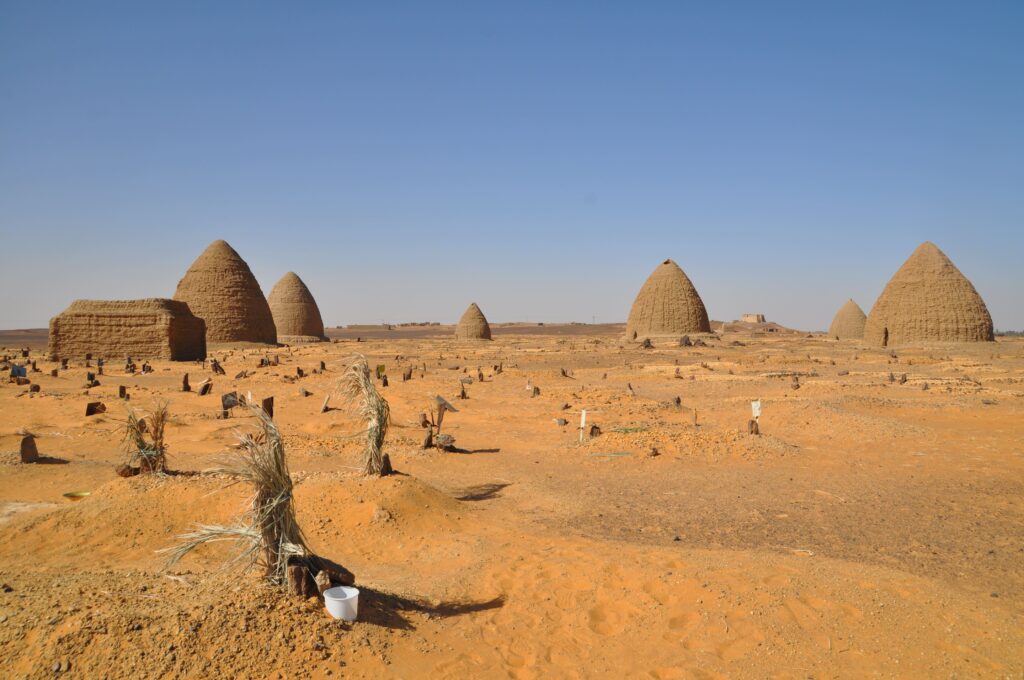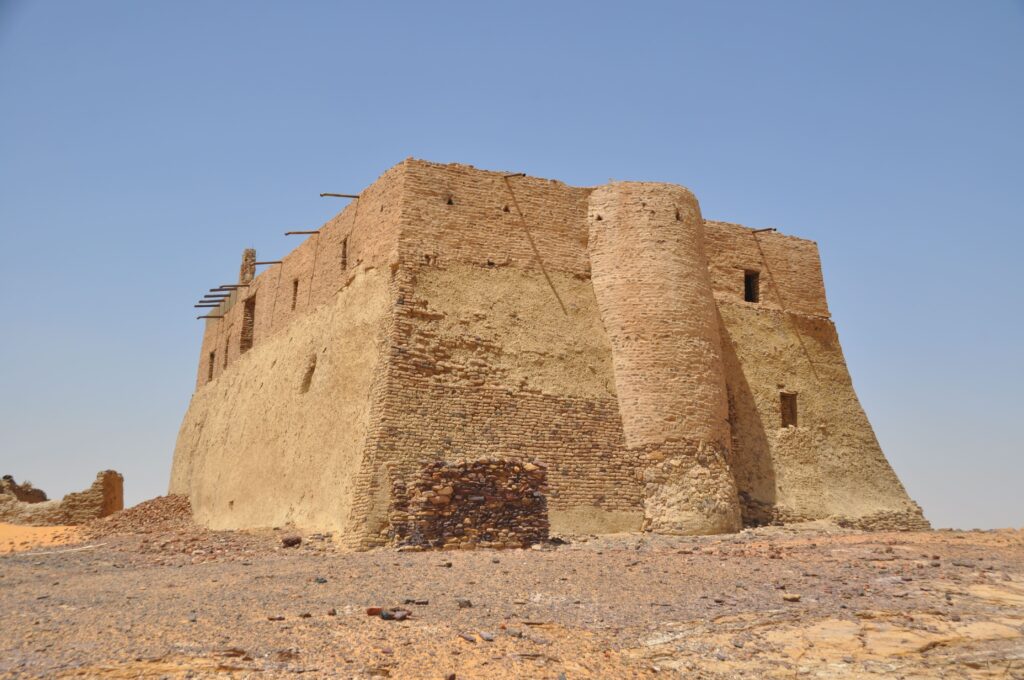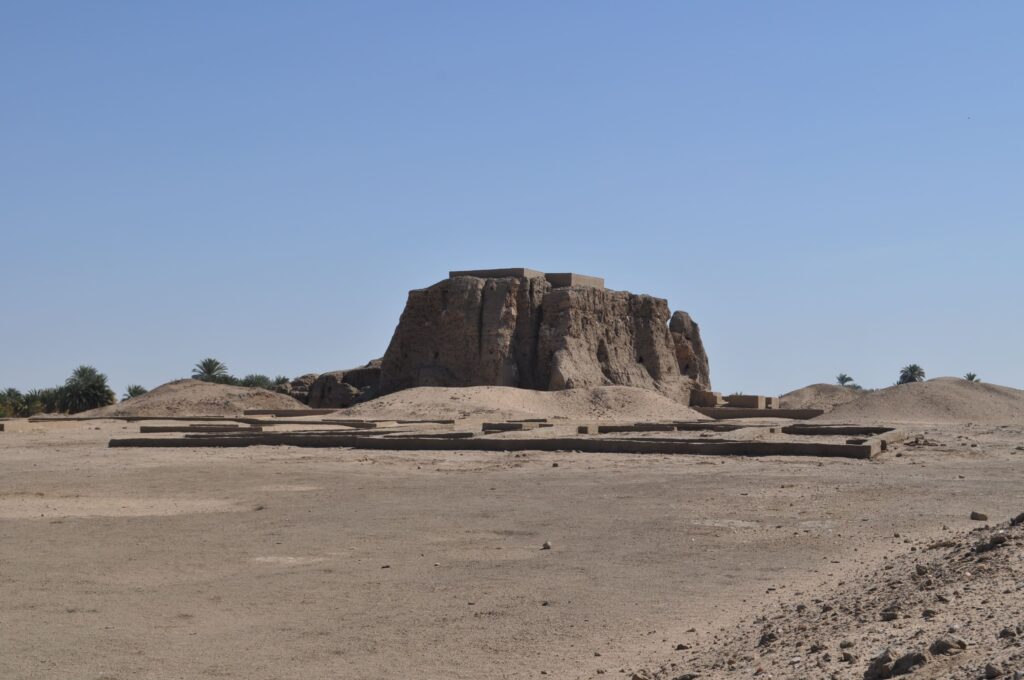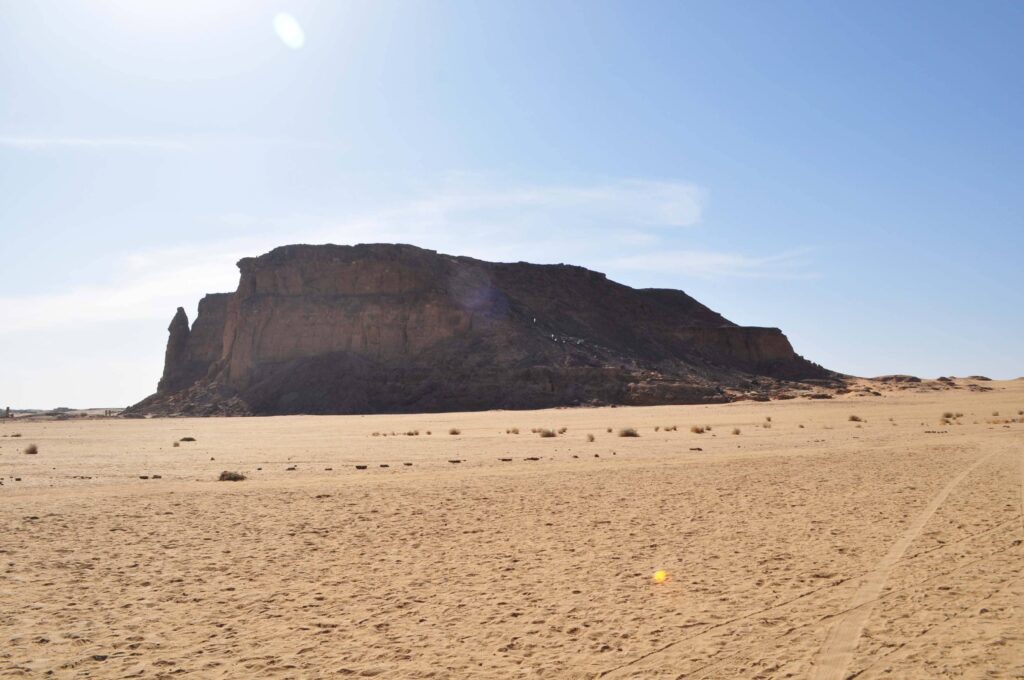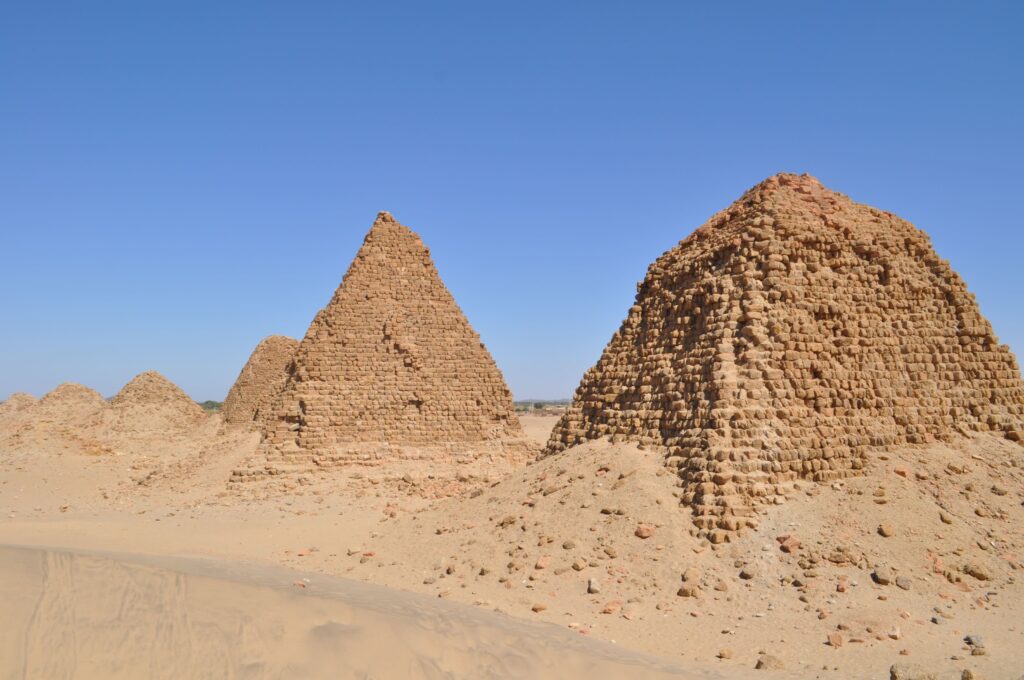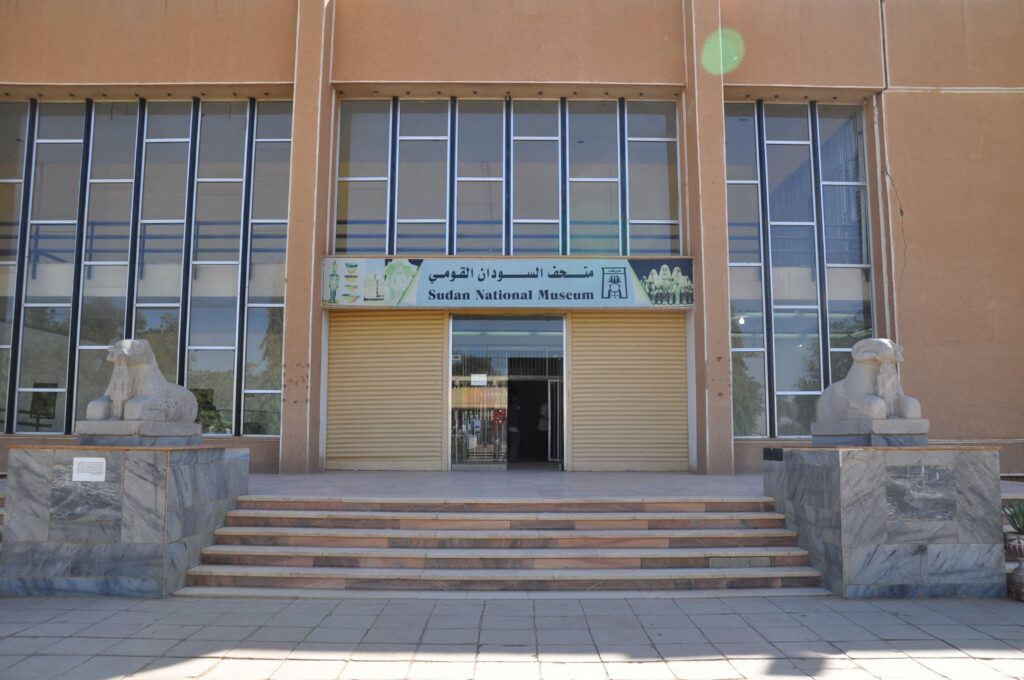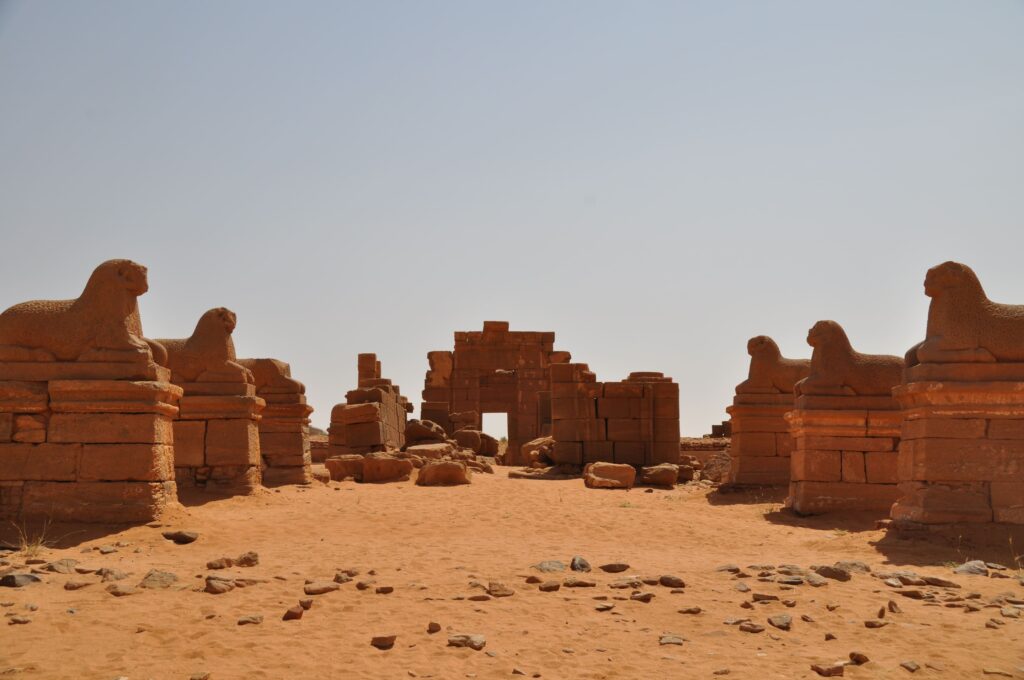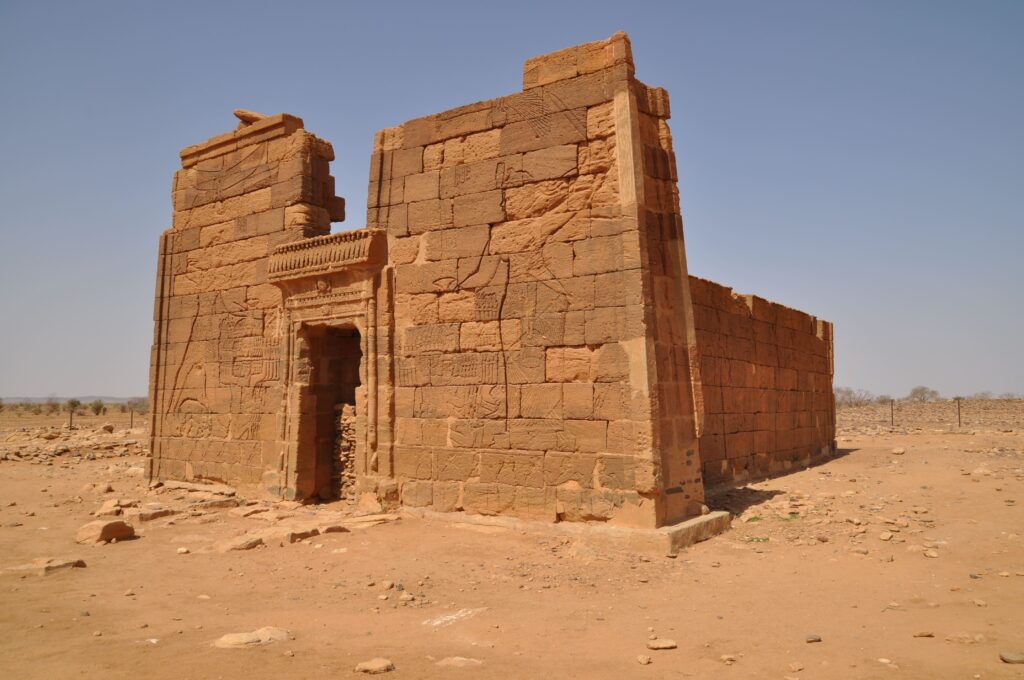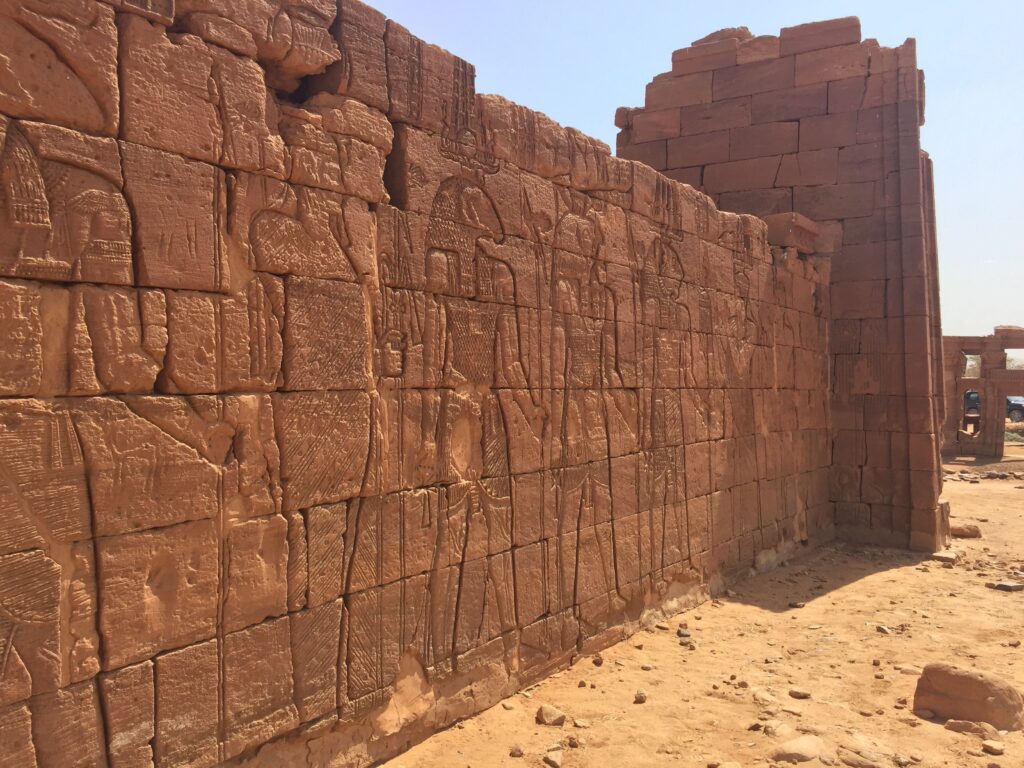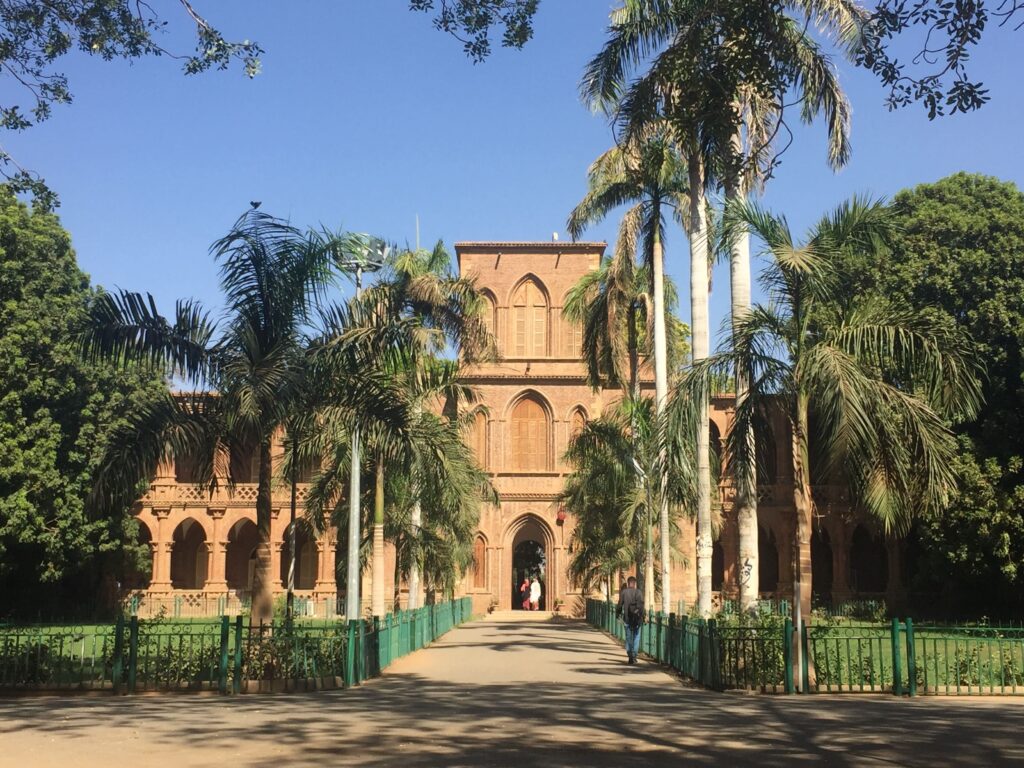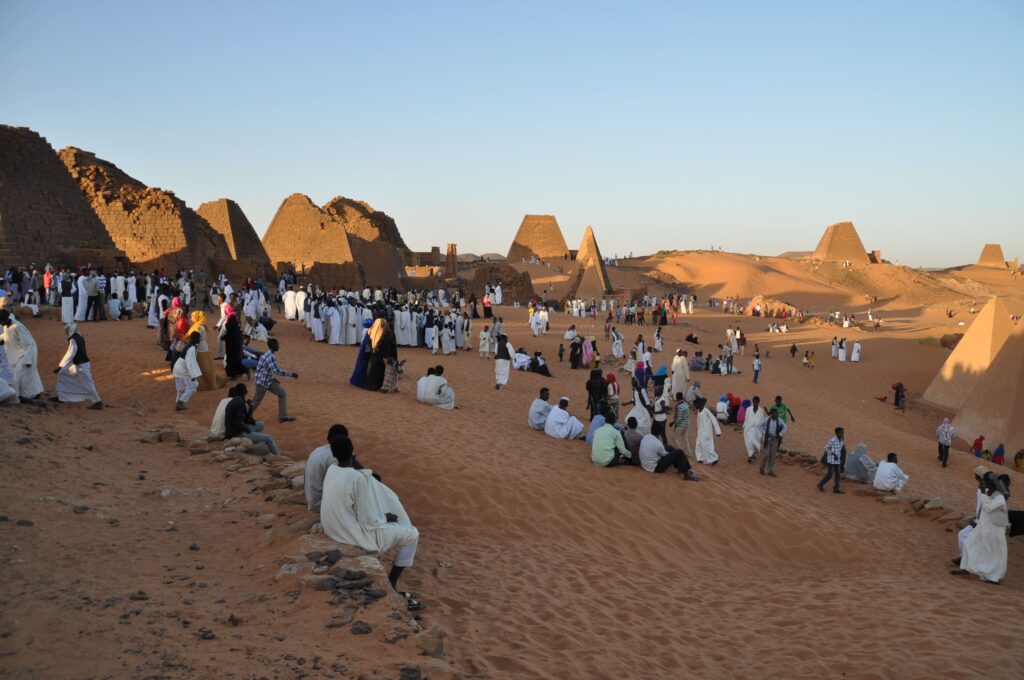Sudan Heritage Protection Initiative (SHPI)
Sudan has faced in the last decades different conflicts, ethnic tension, and competition over resources. Sudan suffered from two major civil wars. The first one was between the northern government and southern Sudan which killed 1.5 million people, and led to a cession of the country, the Republic of Sudan and South Sudan. Conflict in the western region of Darfur is continuing, has displaced 2 million people and killed more than 200,000 people.
The recent armed conflict between the rival forces of the military of Sudan began on the 15th April 2023. The fighting mostly concentrated around the capital city of Khartoumand the Darfur region. As of the 16th May, at least 1,000 people have been killed, more than 5,100 others have been injured, 3.7million people have been displaced.
The ongoing conflict poses an imminent threat to the cultural heritage of Sudan. Most vulnerable are the National Museum, Ethnographic Museum, Khalifa House Museum, Palace Museum, Mausoleum of Mahdi and National Archive in Khartoum, and the Sheikan museum in el-Obeid, and Darfur Museum in Nyala. Irreplaceable damages are already reported at the Natural History Museum; the precious collection of the Muhammad Omar Bashir Centre for Sudanese Studies at Ahlia University in Omduruman (the city besides Khartoum) was looted and totally lost by fire. Some damages to temples displayed in the garden of the National Museum in Khartoum are also reported.
.
Sudan is a culturally and linguistically diverse country with a history that goes back to over 100,000 years. It has two World Heritage sites: Jebel Barkal and the sites of Napatan region and Archaeological Sites of Island of Meroe, known for over 200 pyramids built by the powerful Kingdom of Kush that also ruled Egypt for a century. Archival records show us how the country has developed to this day.
Sudan heritage Protection Initiative is an initiative created under the umbrella of Heritage for Peace in collaboration with several academics, and Sudan civil society members in and outside of Sudan.
What are our objectives?
- To raise awareness of safeguarding and protection of all cultural heritage in Sudan irrespective of their religious or ethnic identity
- To document and preserve knowledge of damages to cultural heritage in Sudan during the conflict
- To develop, maintain and support a wide network of contacts and volunteers dedicated to safeguarding of cultural heritage in Sudan through effective practices
- To provide training, practical knowledge and simple technologies to protect and preserve cultural heritage in Sudan in the challenging situation
- To liaise between heritage workers operating for the protection of cultural heritage in Sudan and the international heritage community
Our Team:
Dr Tomomi Fushiya: Tomomi is a Japanese archaeologist. Specialised in heritage management planning, collaborative archaeology and engagement programme design, she has worked in Sudan, Egypt, Lebanon and Cyprus. As Assistant Professor at the Polish Centre of Mediterranean Archaeology, University of Warsaw, she currently leads a community engagement and sustainable development project and coordinates a participatory heritage revitalization project of the Mosque at Old Dongola in Sudan.
Dr. Ismail Hamid Elnour, University of Birmingham, International Experts in Cultural values and Community Engagement.
Dr.Isber Sabrine : Isber is a Syrian archaeologist, specializing in cultural heritage management, . Since 2011 has been involved in projects and studies on the protection of cultural heritage during conflicts. He is currently chair and co-founder of the international NGO Heritage for Peace. Since 2020 he is leading the ANSCH Initiative Arab network of Civil Society to safeguard cultural heritage.
If you want to know more about the cultural heritage of Sudan, you can join us to the May, 25th Upcoming Online Event with the name: “Culture in Crisis: Spotlight on Sudan”.
Tombs of sheikh (qubba) in the Muslim cemetery at Old Dongola Image: © Polish Centre of Mediterranean Archaeology, University of Warsaw, T. Fushiya
The Mosque of Old Dongola © Polish Centre of Mediterranean Archaeology, University of Warsaw, T. Fushiya
Deffufa, a ceremonial monument at Kerma, Image: T. Fushiya
The sacred mountain, Jebel Barkal, a World Heritage site, Image: T. Fushiya
Pyramids at Nuri are built for the kings and queens of Kingdom of Kush during the Napatan period (8th-4th century BCE), Image: T. Fushiya
Entrance to the National Museum in Khartoum. The museum houses the most important archaeological collection in Sudan, Image: T. Fushiya
The tomb of al-Mahdi (Mohammed Ahmed ibn al-Sayyid Abd Allah) in Omdruman , Image: T. Fushiya
World Heritage site, Temple of Amun in Naqa, Image: T. Fushiya
Temple of Apedemak (Lion temple) World Heritage Site, Naqa, Image: T. Fushiya
Temple of Apedemak (Lion temple) World Heritage Site, Naqa, Image: T. Fushiya
The main library building of the University of Khartoum, Image: T. Fushiya
World Heritage site, the Pyramids of Bejaraweiya on the Independence Day, Image: T. Fushiya

